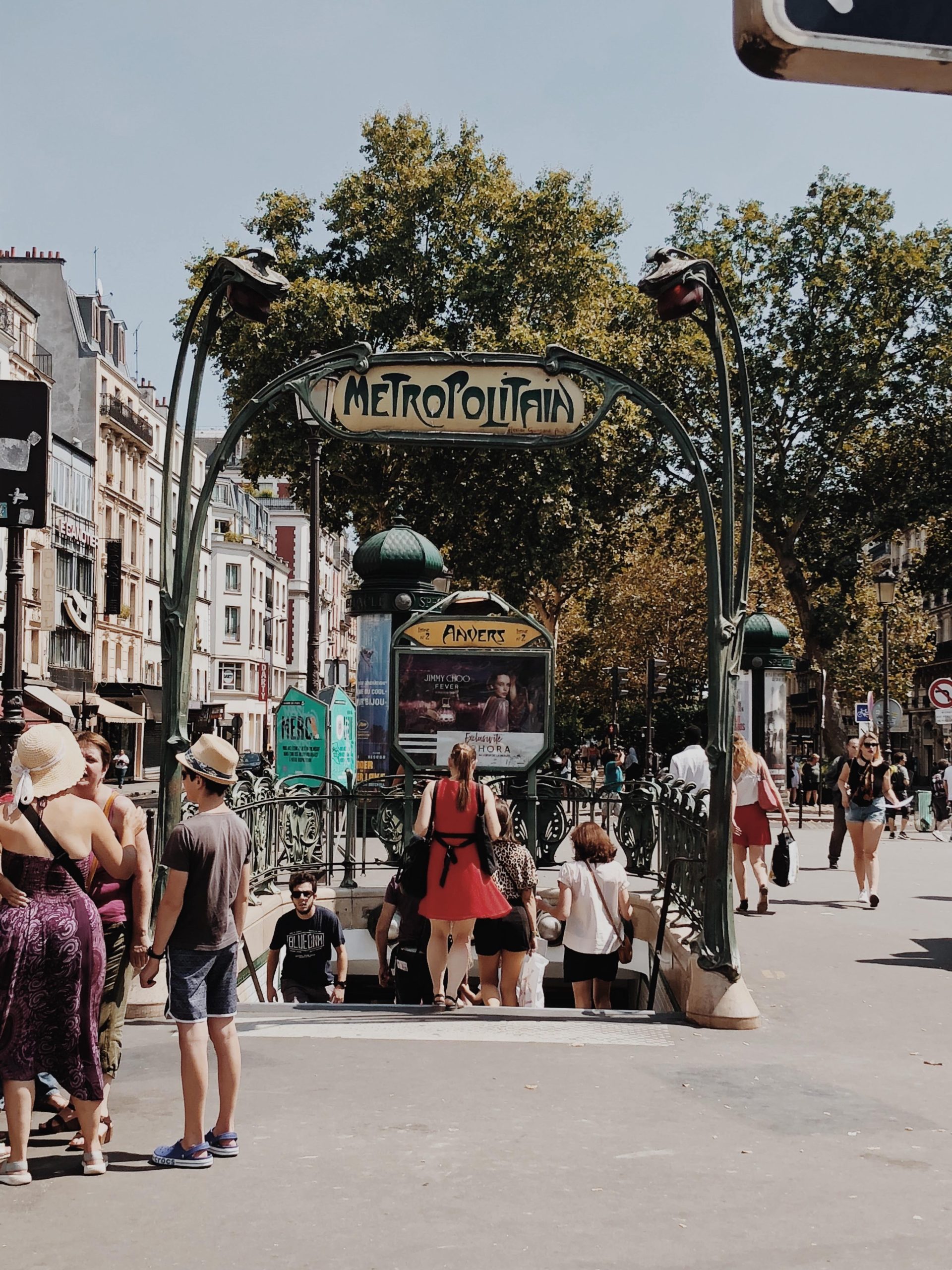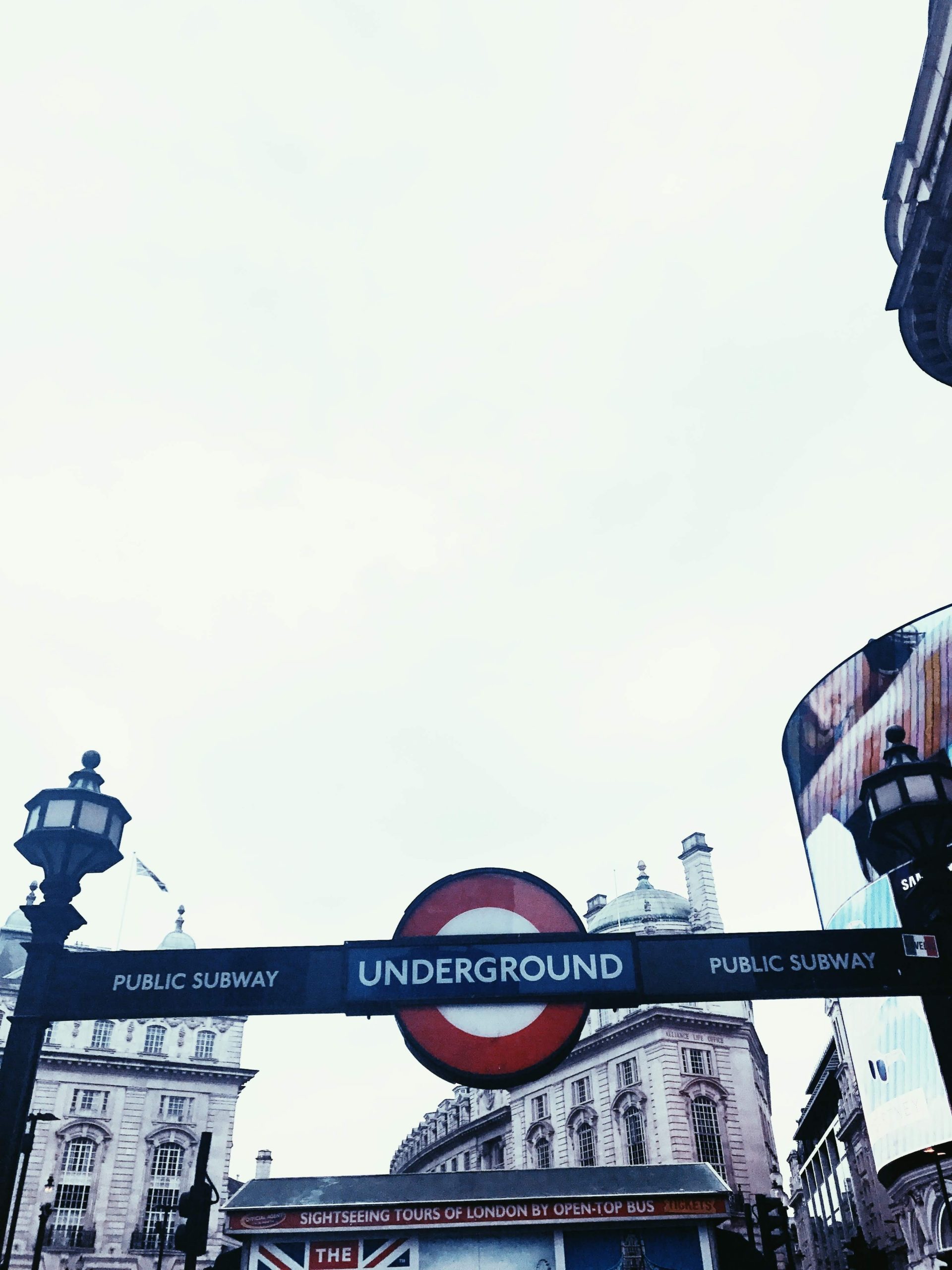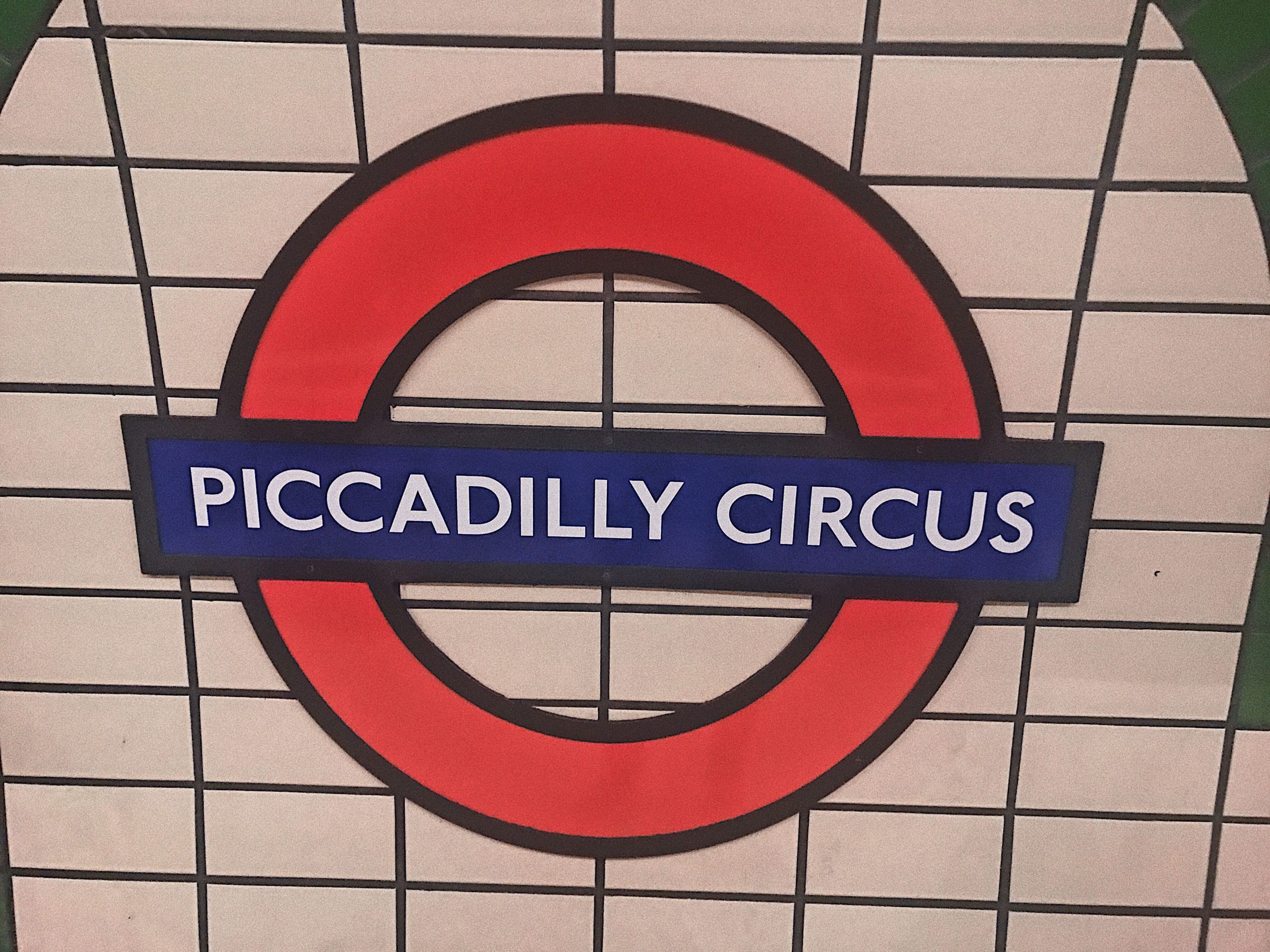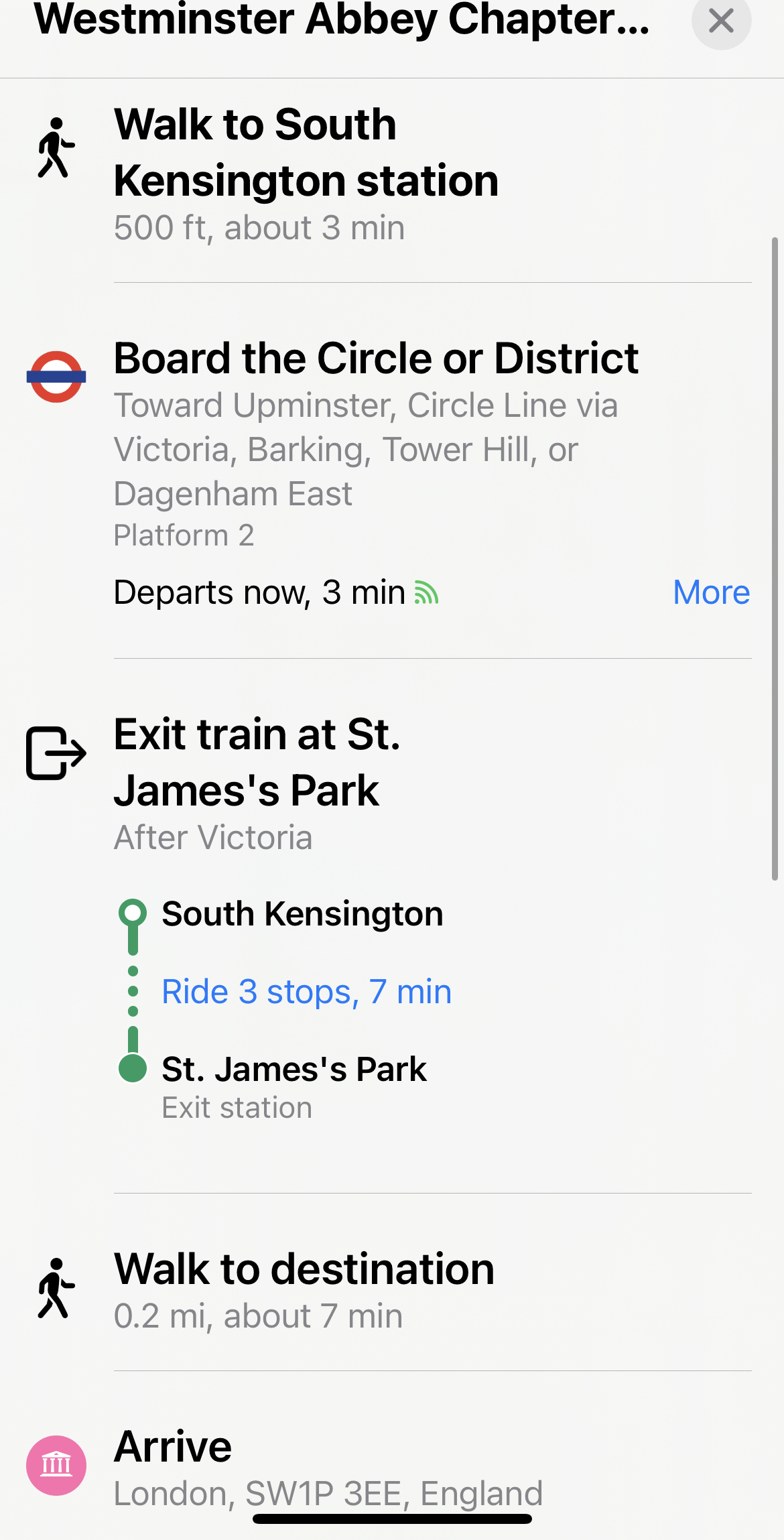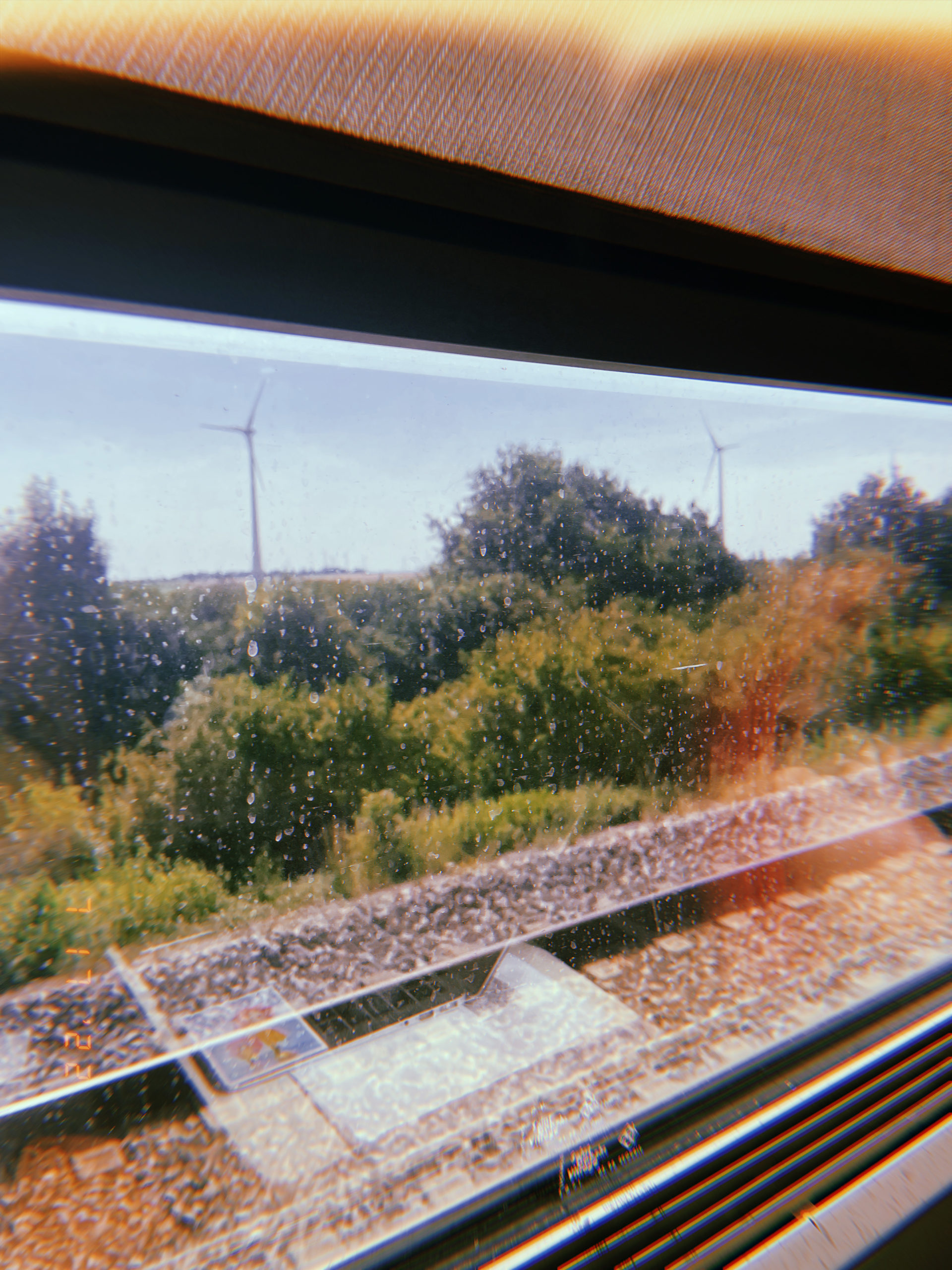European Transportation Tips and Tricks
Making the Most of the Metro
All across Europe, public transportation systems provide locals and visitors alike with the ability to travel quickly and efficiently. Learning a new system may transport your mind back to early childhood nerves of trying to ride a bike for the first time, but do not fear. Here’s your guide to making the most of the metro and saving money abroad!
For most major cities, the underground metro or subway system is the easiest and most accessible way to get around. The Paris Metro and London Underground all operate similarly and are the fastest way to travel in their respective cities. I’ll unpack those two major systems below, but cities like Madrid, Amsterdam, and Copenhagen utilize similar systems of metros and streetcars to get around. Once you’ve mastered one, the others seem like a walk in the park!
TICKETING
The first step is to purchase a ticket for your trip. Whether it’s a single-day pass or a lengthy trip, make sure you choose the option that’s best for you. Both the Paris Metro and London Tube offer single-day tickets or lengthier pass options. As opposed to travel by taxi, metro rides only cost a few Euros or pounds per person, potentially saving you tens to fifties of dollars per ride, no matter the length.
Most underground transportation systems allow for you to buy tickets right in the station. The machines can dispense paper tickets, varying in length from a day to a week or so. If you’re on a short trip, this would be the option for you. You can also purchase single-ride tickets if you are only using it for one or two transports per trip. For a longer trip, you may consider investing in a travel card, known as a Metro Card in Paris and an Oyster Card in London. On these, you can pre-purchase for set periods of time or load a set amount of money to budget out your usage. Do be warned, you will need to copy some kind of photo to place on your Paris Metro Card or risk facing a 35 Euro fine any time you come across a metro officer.
You can also simply use something like Apple Pay to scan each time you enter or exit a turnstile and pay by the trip. Either way, you have options! If you’re feeling the need to prepare, you can pre-purchase cards by visiting each country’s transportation websites online.
In other country capitals such as Amsterdam and Copenhagen, purchasing their form of city attraction card (the iAmsterdam or Copenhagen Card) functions directly as a public transportation pass, allowing you to utilize metros, buses, and streetcars simply with purchase of the attractions pass. Find which option works for you, and read up online before you go.
ROUTES
Untangling the spaghetti-noodle routes of a country seems to be the challenge that dissuades most people from utilizing public transportation when visiting a new country. I promise it is easier to learn than you think! Your phone’s GPS is at a place currently where you can route yourself to a destination, and it will tell you which stations and lines you need to get there. All you need to do is be able to recognize locations, and you’ll get there! Additionally, apps like Tube Map (London) and Metro Paris allow you to look at these maps ahead of time on your phone and will alert you of any delays or closures during your time abroad.
Most lines are assigned a color with either a number (Paris) or name (London) to delineate routes from each other. Lines also have two directions, meaning they go to each stop on a route from both ways. Platforms will be boardable from both sides of the tunnel, with one side going in one direction and the opposite platform in the opposite direction. The signs will typically list the last location on a route, so you simply have to look and see which color line you need and where your stop is. Look ahead to the last route on a map and compare with your current station to find your direction. Often, your phone is smart enough to tell you which line and direction you need to go. If not, you can take a peek at the map and compare your two stops. You may need to walk to the correct station, so bear that in mind when calculating travel time.
Example: in London, going from Kensington Palace to Harrod’s Department Store
Walk to the Knightsbridge Station. Board the Piccadilly Line (Blue) toward Heathrow.
Exit train at Gloucester Road after South Kensington stop. Walk to destination.
Sometimes you may need to change trains to get where you’re going. On station maps, they will list which lines meet at any given station. Make sure to change lines at one of these intersections. Major city attractions often have their own plaques in stations and even stations named after them to help with ease of travel.
Example: in Paris, from Sacré-Cœur Basilica to the Louvre Museum
Walk from Sacré-Cœur to the Château Rouge Station. Board the Métro line 1 (Yellow) toward Château de Vicennes. Exit the train at Châtelet after Les Halles. Switch to the Métro line 4 (Pink) toward Porte de Clignancourt. Exit train at Palais Royal — Musée de Louvre.
Sometimes different routes can get still get you where you need to go, and sometimes multiple cars run on the same line. Keep your eyes peeled for a display board that mentions which car is coming and how soon.
Example: in London, from the Victoria and Albert Museum to Westminster Abbey
At South Kensington Station, board the Circle Line (Yellow) via Victoria, Barking, Tower Hill, or Dagenham East or District Line (Green) toward Upminster. Exit the train at St. James’s Park after Victoria.
ETIQUETTE
A few things to keep in mind when using public transportation. Because it is so cost effective and efficient, locals rely on these forms of transportation in their day-to-day lives. Here’s some etiquette to keep in mind.
- Keep your volume low.
The cars are small and often crowded. Be respectful by keeping your voices down while underground.
- Move to the back of the car upon entry
After entering a train, move away from the doors. This allows for the inward and outward flow of people to stay smooth and efficient. The doors on the Paris Metro in particular close very quickly, so you’ll want to move swiftly when possible.
- Leave the seats to those who need them
If there is an elderly or disabled rider on your car, stand up and offer your seat to them when the car starts to become crowded. It’s respectful to not even use the seats in the middle bays where the doors are as the cars gets crowded. Instead, save space by standing in the aisles and empty spaces.
- NEVER put your feet on the seats
We learned the hard way that it is proper etiquette to never put your feet on the seats in a metro or train car. In Paris, the highest fine is reserved for public urination, failure to possess a ticket, and placing one’s feet on the seats.
If you have any questions remaining, the city’s transportation websites and station attendants are good resources. With this, you’ll be traveling and saving in no time!
